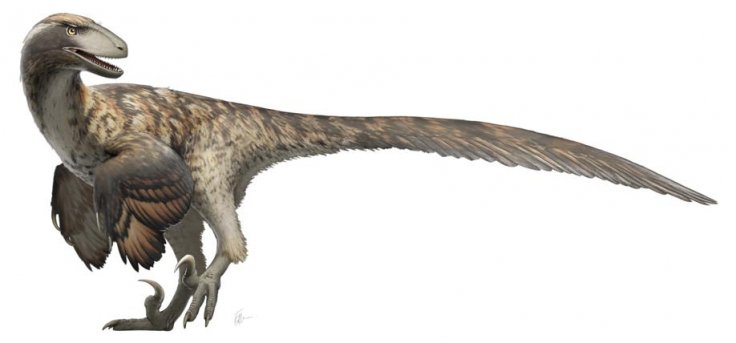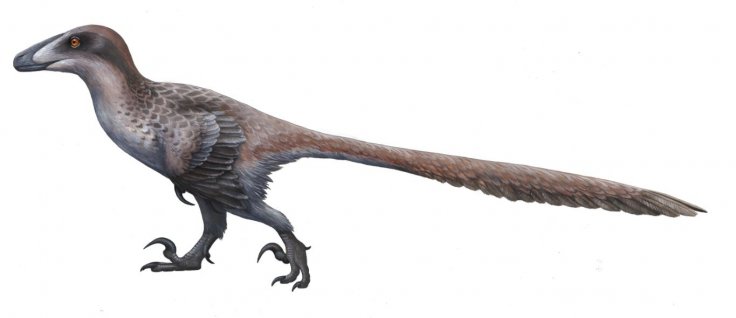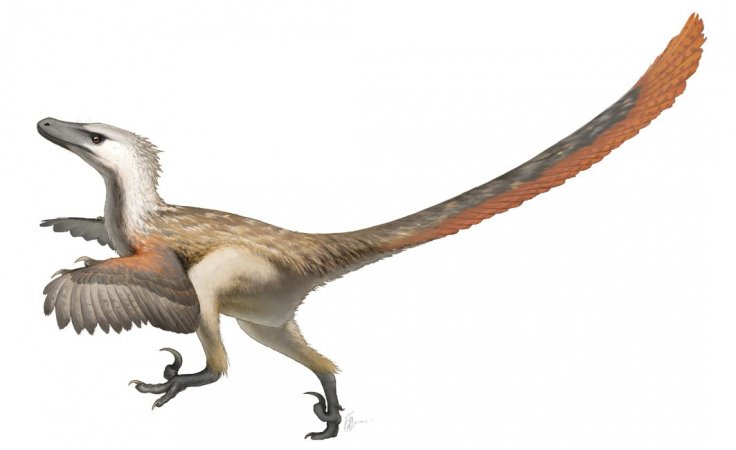When Steven Spielberg's magnum opus, Jurrasic Park, brought the lethal and highly intelligent Velociraptors to the big screen, we were introduced to a species that hunted prey as a tightly knit team. However, a new study claims that it is likely that raptors and their closely related kin were not the pack hunters they were assumed to be.
According to researchers from the University of Wisconsin Oshkosh, analysis of raptor (Deinonychus antirrhopus) teeth showed that they may not have been coordinated pack hunters like wolves. "The evidence for this behavior, however, is not altogether convincing. Since we can't watch these dinosaurs hunt in person, we must use indirect methods to determine their behavior in life," said Joseph Frederickson, lead author of the study.
Behavior of their descendants raises doubts
Frederickson explained that birds, who are essentially living dinosaurs, and other reptilian cousins of raptors such as crocodiles, rarely hunt in groups. Also, they seldom hunt animals larger themselves.

Pointing towards the lack of fossils to lend credence to claims made about their pack-hunting habits, he added: "Further, behavior like pack hunting does not fossilize so we can't directly test whether the animals actually worked together to hunt prey."
More in common with nearly solitary Komodo dragons
In recent years, researchers have adopted a different behavior model that suggests that raptors share similarities with modern-day crocodiles or Komodo dragons. Here, these reptiles may attack a common prey, however, not with the intention of cooperation. "We proposed in this study that there is a correlation between pack hunting and the diet of animals as they grow," Frederickson said.
Another characteristic that the scientists note among Komodos is that as babies they dwell in trees in order to protect themselves from falling prey to adults. Up there, they find abundant sustenance of different kinds that is not available to the older Komodos living in the ground. This, according to the scientists, is not characteristic of pack hunting animals.

"If we can look at the diet of young raptors versus old raptors, we can come up with a hypothesis for whether they hunted in groups," noted Frederickson.
Teeth tell a different tale
In order to test their theory, the scientists studied the chemical composition of teeth from Deinonychus that lived during the Cretaceous Period about 115 to 108 million years ago in North America.
"Stable isotopes of carbon and oxygen were used to get an idea of diet and water sources for these animals. We also looked at a crocodilian and an herbivorous dinosaur from the same geologic formation," illustrated Frederickson.
The study also found that the crocodilians from the Cretaceous period, much like their modern counterparts, display a difference in diet between the largest and smallest teeth. This indicates that there is a notable change in diet patterns as they grew.

Raising doubts over the long-held notion about raptors, Frederickson stated: "We also see the same pattern in the raptors, where the smallest teeth and the large teeth do not have the same average carbon isotope values, indicating they were eating different foods. This means the young were not being fed by the adults, which is why we believe Jurassic Park was wrong about raptor behavior."









